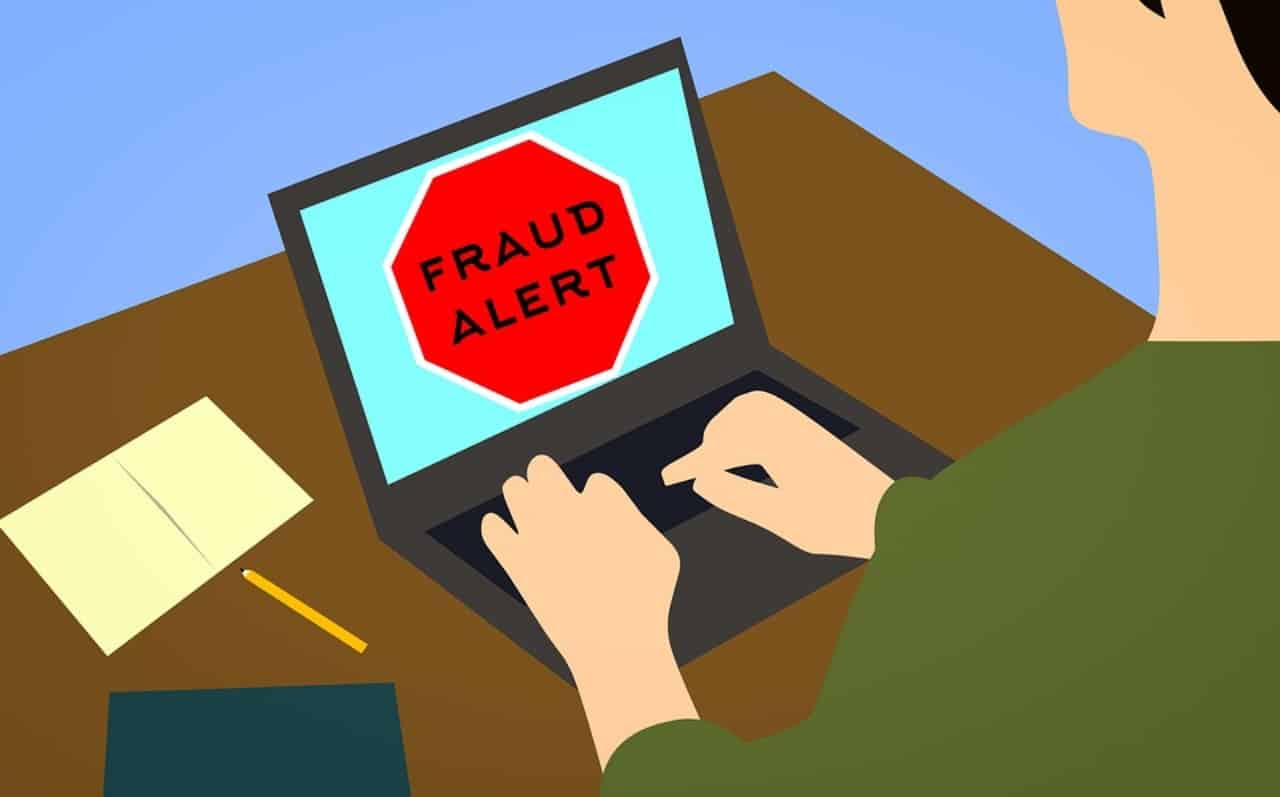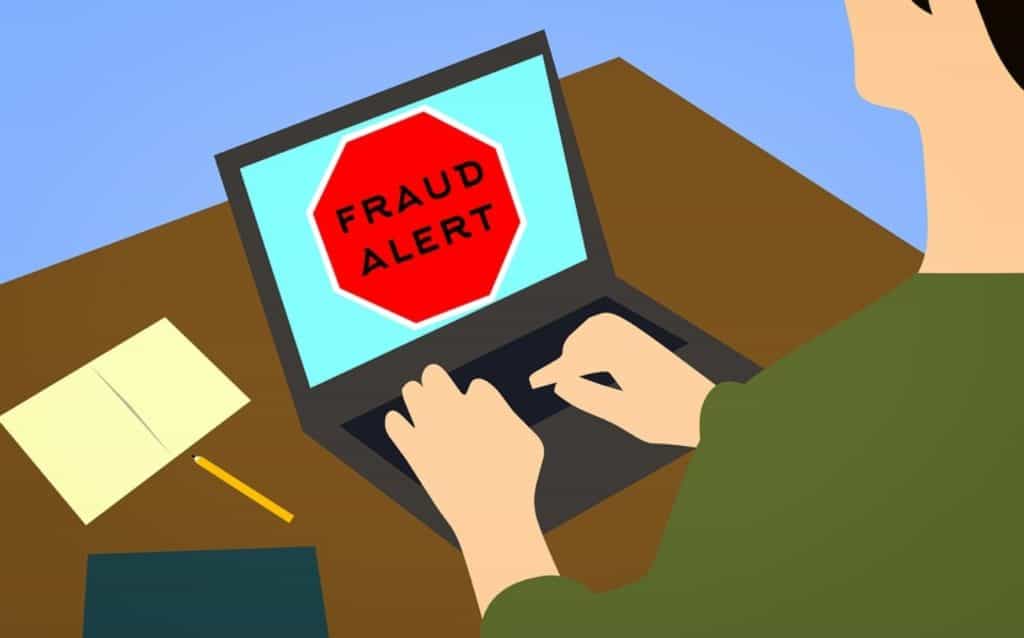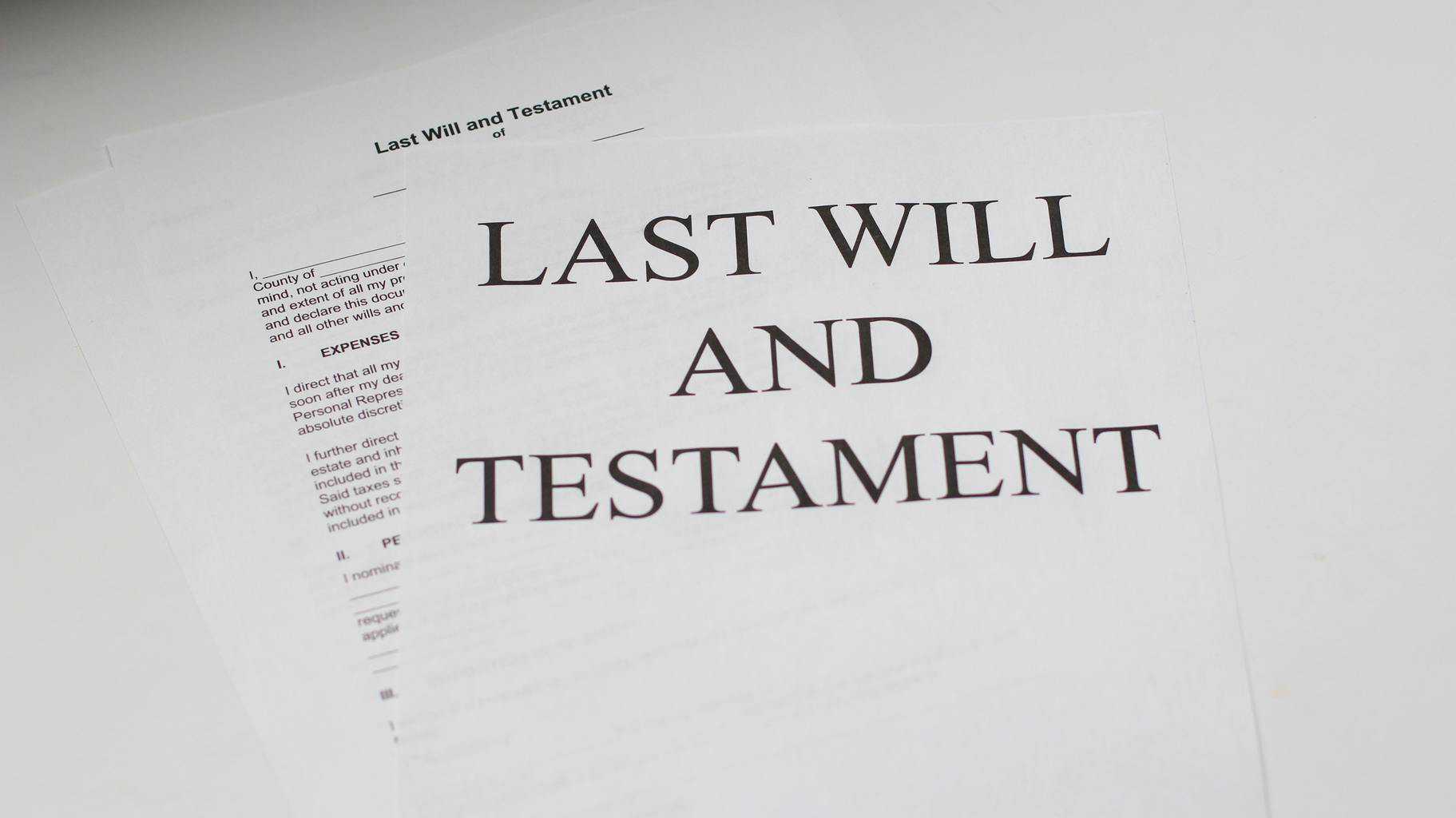Introduction
This consumer proposal story 4 Brandon’s Blog is about how four of our clients were able to enter into a government approved debt settlement program, shed their debt and restart their lives.
As I have written in previous blogs, a consumer proposal is the only government approved debt settlement plan. It is designed for people who have $250,000 or less in total debt, other than for any debts secured against their home such as a mortgage or secured home equity line of credit.
If the consumer proposal receives the (deemed) acceptance by the required majority of creditors and it also receives (deemed) court approval, then the consumer proposal is approved. The insolvent person must now make the payments to the licensed insolvency trustee who is the consumer proposal administrator.
The following four real client consumer proposal story situations of mine I believe are representative of the kind of person we help end the pain and anxiety their debts are causing them. I have changed the names of the people for this Brandon’s Blog.
Buzz
This client is a 56-year-old married male. I will call him Buzz. He has annual income, net of income tax of $100,000. He has assets with a net realizable value of $1,000. His consumer debt totalled $71,000.
In reviewing his budget and affairs, we calculated that in personal bankruptcy, he would be required to contribute surplus income for 36 months as he was previously bankrupt. His surplus income obligation in bankruptcy was just over $34,000 in equal monthly instalments of $944.44.
We advised him that since his budget had room for him to make monthly payments, he should consider a consumer proposal. We drafted and filed his consumer proposal requiring him to pay $40,000 in total over 5 years. This resulted in equal monthly payments each of $667.
Buzz’s creditors accepted his consumer proposal and he is making the payments. This way he avoided bankruptcy and ended up with an approved debt settlement plan with monthly payments he can afford.
Woody
This client is a 65-year-old single male. I will call him Woody. He has annual income, net of income tax of $27,600. He has assets with a net realizable value of $500. His consumer debt totalled $108,000.
In reviewing his budget and affairs, we calculated that in personal bankruptcy, he would be required to contribute surplus income for 9 months as he was never previously bankrupt. His surplus income obligation in bankruptcy was just over $1,880 in equal monthly instalments of $208.89.
We advised him that since his budget had room for him to make monthly payments, he should consider a consumer proposal. We drafted and filed his consumer proposal requiring him to pay $24,000 in total over 5 years. This resulted in equal monthly payments each of $400.
Woody’s creditors accepted his consumer proposal and he is making his payments. This way he avoided bankruptcy and ended up with an approved debt settlement plan with monthly payments he can afford.
Mr. & Mrs. Potato Head
Our 3rd client is a 47-year-old married man and his 43-year-old wife. I will call them Mr. & Mrs. Potato Head. Their yearly income, net of tax obligations was $51,996. Their assets had a realizable value of $953. They are collectively responsible for the exact same consumer financial debts amounting to $31,820.
In assessing their budget, we computed that in a bankruptcy, they would need to pay surplus income for 9 months as neither were bankrupt before. Their surplus income responsibility in a joint bankruptcy was $5,271 in regular monthly instalments of $585.67.
We encouraged them that given their budget plan had room to make month-to-month payments, they must take into consideration the possibility of making a consumer proposal. We prepared and filed their consumer proposal needing them to pay $7,020 over 3 years. This led to regular monthly payments each of $195.
Mr. & Mrs. Potato Head’s creditors approved the consumer proposal and they are making their payments. In this manner, they will not go bankrupt and wound up with an accepted debt negotiation strategy with month-to-month payments they can manage.
Jessie
This client is a 67-year-old married female. I will call her Jessie. She has annual income, net of income tax of $58,416. She has assets with a net realizable value of $250. Her consumer debt totalled $67,000.
In examining her budget plan, we determined that in bankruptcy, she would be called for surplus income payments for 36 months as she was once a bankrupt. Her surplus income commitment in a bankruptcy would be $17,465 in regular monthly instalments of $485.13.
Considering that her spending plan had space to make month-to-month repayments, we encouraged her to seriously think about making a consumer proposal. We composed and submitted her consumer proposal needing her to pay $21,500 over a 40 month period. This would be regular monthly payments each of $537.50.
Jessie’s creditors approved her consumer proposal and she is making her repayments. By doing this she stayed clear of bankruptcy and wound up with an approved debt negotiation strategy with regular monthly repayments she can manage.
Consumer proposal story summary
I hope these real-life consumer proposal story 4 examples gives you a better idea of the kind of people this debt settlement program strategy is meant to help. It is a way for people to shed their debt and get back on a proper footing.
Are you in financial distress? Do you not have adequate funds to pay your financial obligations as they come due?
If so, call the Ira Smith Team today. We have decades and generations of experience assisting people looking for financial restructuring, a debt settlement plan and to AVOID bankruptcy.
As a licensed insolvency trustee (formerly called a bankruptcy trustee), we are the only professionals accredited, acknowledged and supervised by the federal government to provide insolvency advice and to implement approaches to help you remain out of personal bankruptcy while eliminating your debts. A consumer proposal is a government approved debt settlement plan to do that. We will help you decide on what is best for you between a consumer proposal vs bankruptcy.
Call the Ira Smith Team today so you can eliminate the stress, anxiety, and pain from your life that your financial problems have caused. With the one-of-a-kind roadmap, we develop just for you, we will immediately return you right into a healthy and balanced problem-free life.
You can have a no-cost analysis so we can help you fix your troubles. Call the Ira Smith Team today. This will allow you to go back to a new healthy and balanced life, Starting Over Starting Now.











